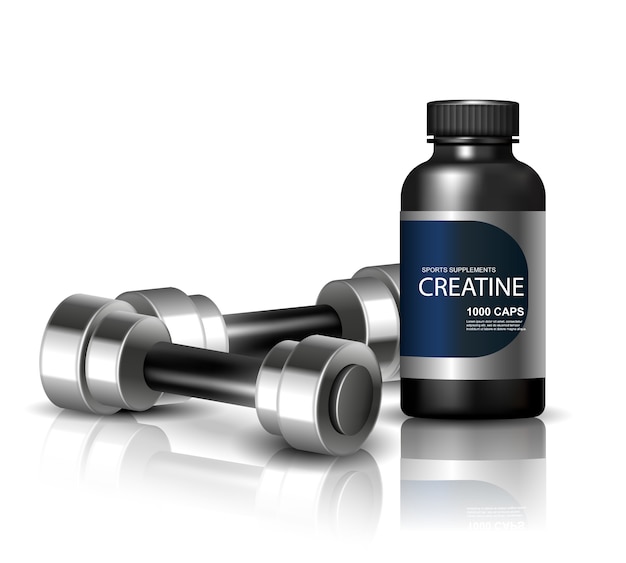In today’s fast-paced world, women often juggle multiple roles—caregiver, professional, partner, and more—leaving little time for self-care. Chronic tension, stiffness, and discomfort are common, especially in areas like the neck, shoulders, hips, and lower back. One powerful yet accessible solution? Myofascial release (MFR).
Myofascial release is a self-directed or therapist-led technique that targets the fascia—the connective tissue surrounding muscles, bones, and organs. When fascia becomes tight or restricted due to injury, stress, or inactivity, it can lead to pain and reduced mobility. The good news: research shows that consistent, short-duration MFR can improve flexibility, reduce muscle soreness, and enhance overall well-being.
The best part? You don’t need hours. Just 50 minutes a day—broken into manageable sessions—can make a meaningful difference. This guide offers simple routines, evidence-based habits, and practical tips tailored to women’s health needs.
Fascia is a web-like structure that supports and connects every part of the body. When it becomes stiff or develops adhesions—often due to repetitive movements, poor posture, or emotional stress—it can restrict movement and cause referred pain. Myofascial release involves applying gentle, sustained pressure to these areas to release tension and restore normal tissue function.
Unlike deep tissue massage, MFR doesn’t rely on aggressive force. Instead, it uses slow, mindful pressure—often with tools like foam rollers, massage balls, or even hands—to encourage the fascia to elongate and relax.
You might wonder: why 50 minutes? Studies in physical therapy and rehabilitation suggest that short, frequent sessions are often more effective than longer, infrequent ones. Breaking your practice into 10–15 minute segments allows for better focus, reduces the risk of overuse, and fits more easily into a busy schedule.
For women, hormonal fluctuations, pelvic floor tension, and postural changes (especially during pregnancy or menopause) can increase fascial sensitivity. A daily 50-minute routine supports long-term tissue health without overwhelming the body.
Here’s a science-backed, easy-to-follow plan you can do at home with minimal equipment:


Clinical studies have shown that regular myofascial release can:
For women navigating hormonal shifts, MFR offers a non-invasive way to manage musculoskeletal discomfort without medication.
Myofascial release isn’t a quick fix—it’s a sustainable self-care practice. By dedicating just 50 minutes a day, women can reclaim mobility, reduce pain, and support long-term physical health. The routine is flexible, affordable, and grounded in science, making it ideal for integration into any lifestyle.
Start small, stay consistent, and let your body guide the way. Your fascia will thank you.

Wellness

Wellness

Wellness

Wellness

Wellness

Wellness

Wellness

Fitness

Fitness

Fitness

Fitness

Health

Health

Fitness

Health

Health